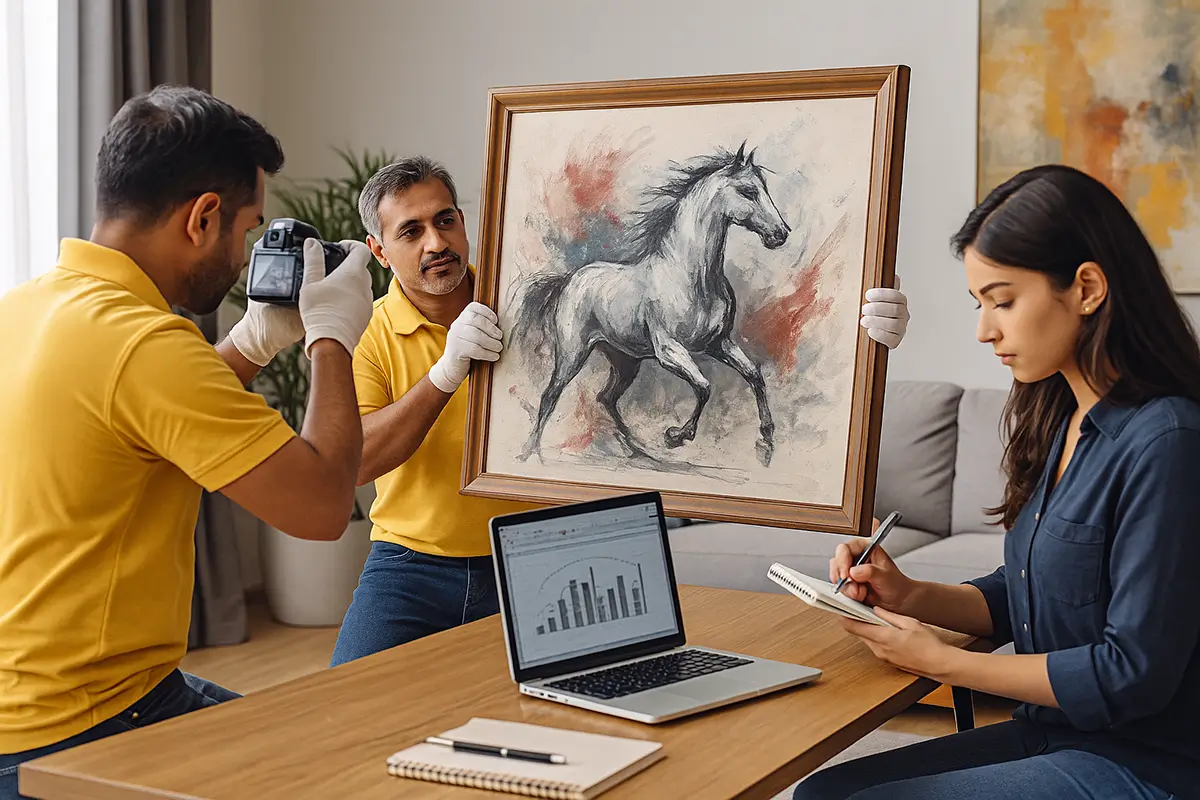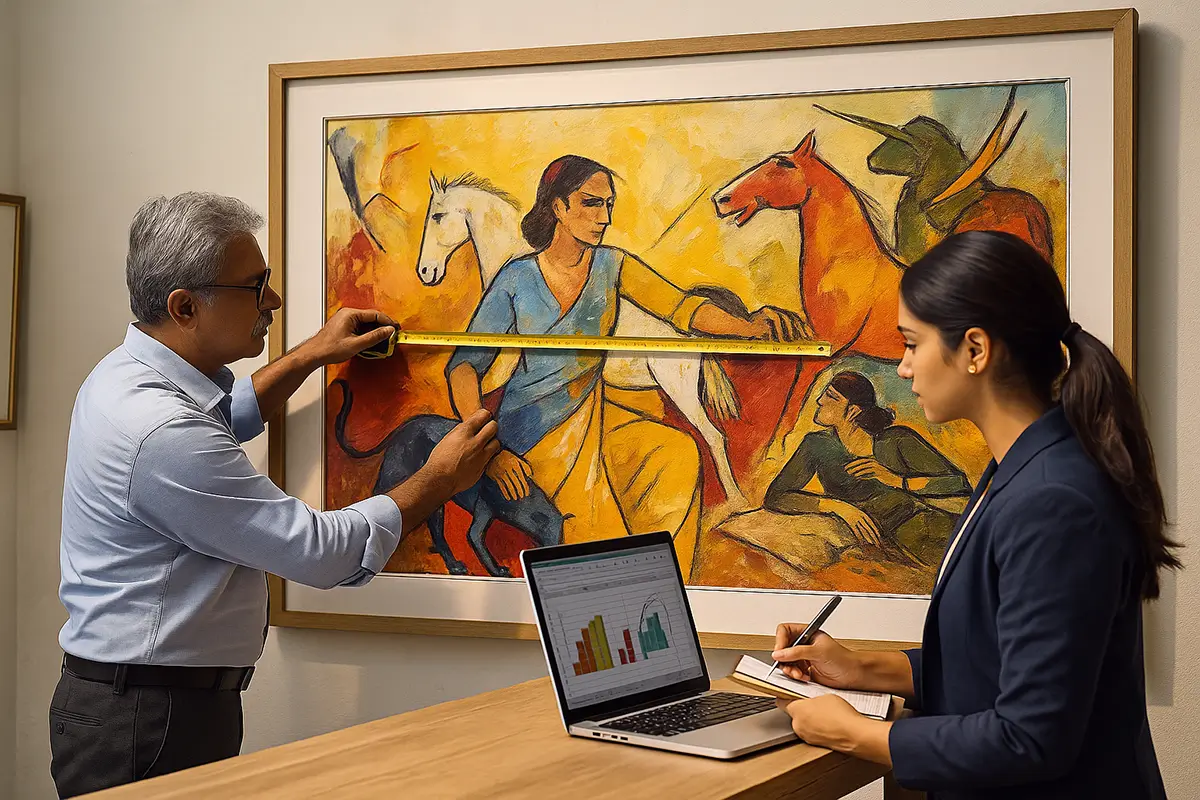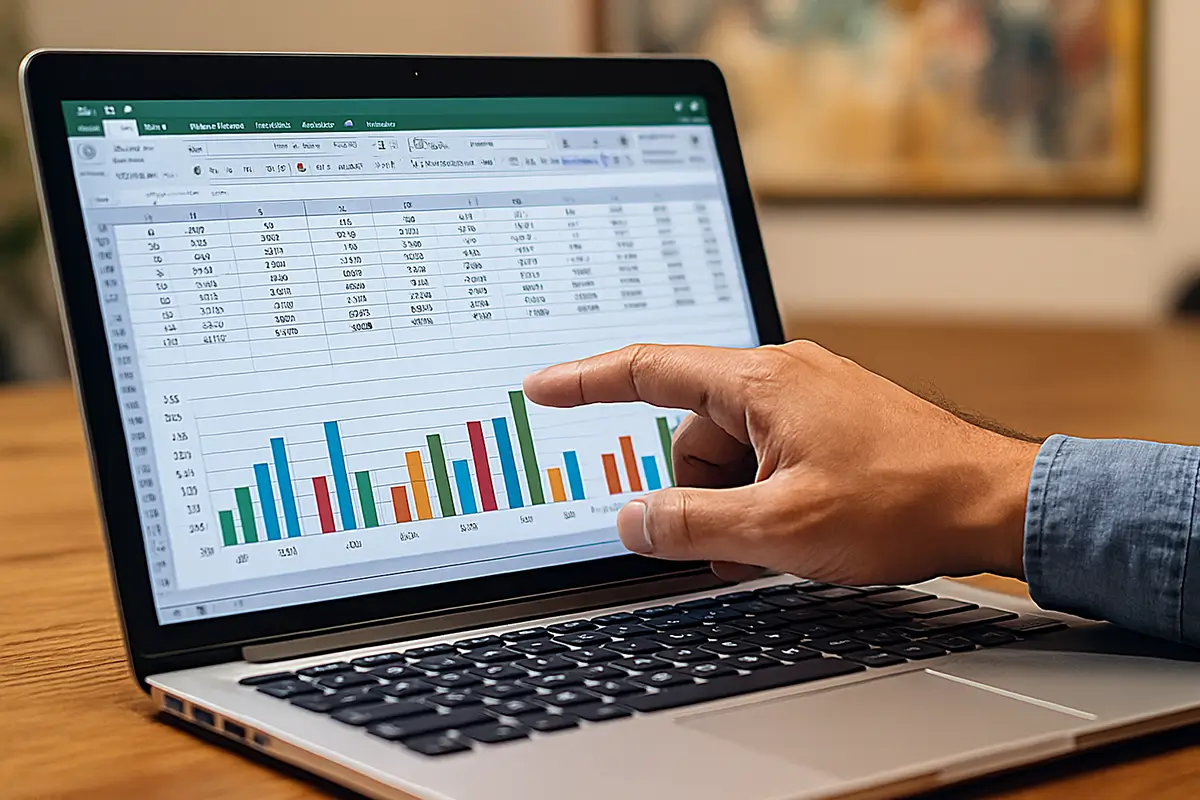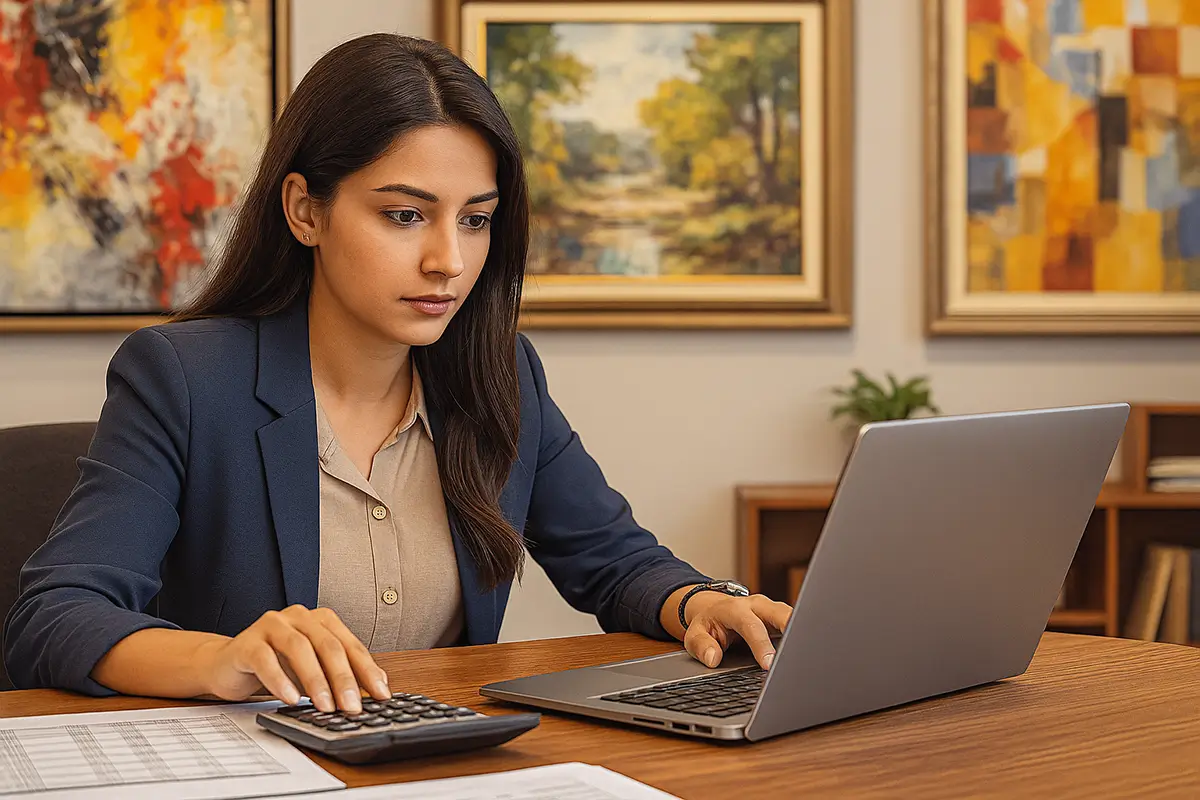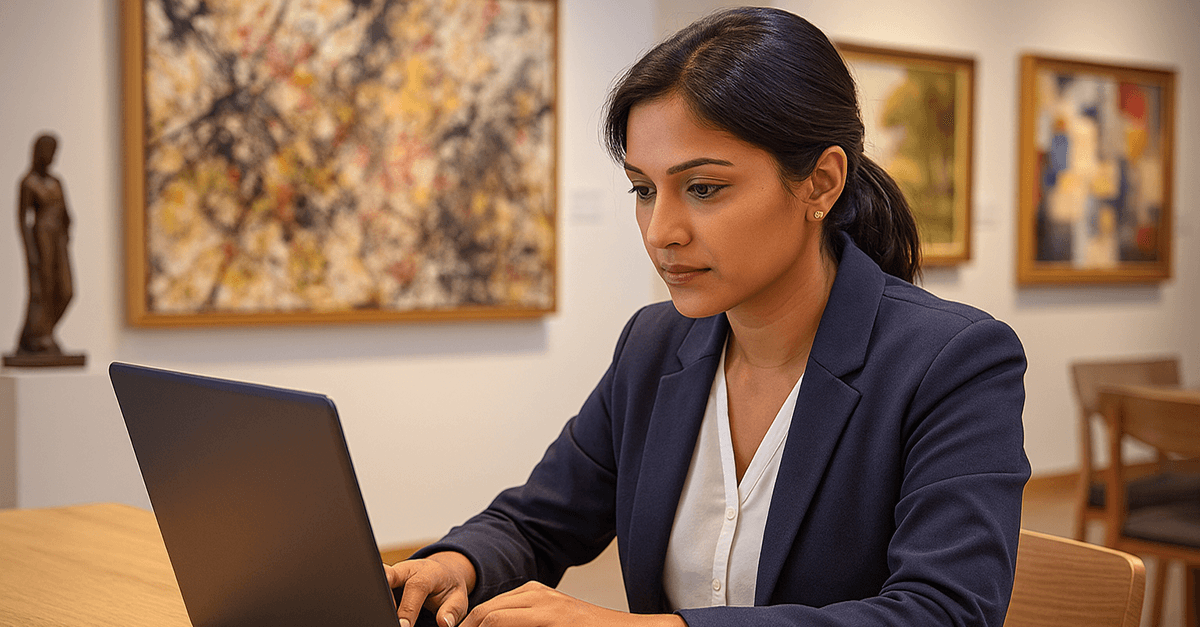Introduction: Why authentication is the cornerstone of art value
In today’s booming Indian art market, buyers are investing not only for passion but also for financial growth. From modern masters to contemporary rising stars, works regularly command six- to seven-figure sums at auction and through private sales. Yet, beneath this excitement lies a persistent challenge: authenticity.
For every genuine artwork, there are misattributed, forged, or poorly documented pieces in circulation. In some cases, even well-meaning collectors unknowingly hold works that cannot be authenticated. Without authentication, art becomes vulnerable: its monetary value drops, insurance becomes difficult, and cultural credibility is lost.
This blog explores the three key pillars of authentication in Indian art—provenance, certificates, and expert opinions—and explains how collectors, corporates, and institutions can protect themselves.
The authentication challenge in India’s art market
Unlike certain Western markets where artist foundations or catalogues raisonnés dominate, India has a more fragmented system. Many artist estates are not formally established, and scholarship is still catching up. This means that authentication often requires piecing together evidence from multiple sources.
Key risks collectors face:
- Forgeries: Particularly of high-value modern masters.
- Misattributions: Works sold as belonging to an artist when they are not.
- Incomplete provenance: Gaps in ownership history raise doubts.
- Dubious certificates: Not all certificates carry equal weight.
For collectors in India, due diligence is not optional—it is essential.
What is provenance and why does it matter?
Provenance is the documented history of ownership and transfer of an artwork. Think of it as the artwork’s passport.
Elements of strong provenance include:
- Original sales invoices from galleries or dealers.
- Auction records with lot details and catalog references.
- Exhibition histories with supporting catalogs or invitations.
- Publication mentions in books, magazines, or research papers.
- Transfer documents such as wills or corporate acquisition letters.
A watertight provenance adds confidence to buyers and insurers. Conversely, gaps in provenance can reduce value significantly—even for genuine works.
Certificates of authenticity: Are they enough?
Many collectors assume that a certificate of authenticity (CoA) is the final word. But the reality is more complex.
The problem with certificates in India:
- Some certificates are issued by dealers without direct connection to the artist.
- Forged works may circulate with forged certificates.
- Artist foundations or estates for Indian modern masters are often inconsistent in issuing CoAs.
What makes a certificate credible?
- Issued by the artist (if alive) or their estate/foundation.
- Accompanied by supporting provenance evidence.
- Recognised by auction houses and major galleries.
- Includes high-resolution images, descriptions, and signatures.
Certificates are useful, but they must be verified against other sources.
Expert opinions: The third pillar of authentication
When provenance and certificates are unclear, expert opinions play a critical role.
Who counts as an expert?
- Artist foundations or estates: Where formally recognised.
- Art historians and scholars: With publications on the artist’s body of work.
- Experienced appraisers: With access to comparables and authentication networks.
- Forensic specialists: Who analyse pigments, materials, and signatures using scientific methods.
Methods experts may use:
- Visual analysis: Comparing style, brushwork, composition.
- Technical analysis: Infrared imaging, X-rays, pigment analysis.
- Signature verification: Comparing against known authentic signatures.
- Comparables research: Checking against documented works in museums or collections.
No single method is foolproof. The strongest authentications combine scholarship, science, and documentation.
The process of authentication: Step by step
Step 1: Collect all available documents
Invoices, certificates, letters, emails, catalog entries, and photos.
Step 2: Build a provenance chain
Map out ownership history. Identify and fill gaps where possible.
Step 3: Cross-check certificates
Ensure they come from credible sources and align with other evidence.
Step 4: Commission expert analysis
Work with recognised scholars or forensic specialists if doubts remain.
Step 5: Document the conclusion
A professional authentication dossier should summarise all findings, sources consulted, and expert opinions.
Why authentication impacts value
Authentication isn’t just about peace of mind—it’s a direct driver of value.
- Authenticated works command higher prices, are more liquid, and are accepted by top-tier auction houses.
- Unauthenticated works may languish unsold, be excluded from major sales, or fetch lower bids.
- Insurance companies may refuse coverage without authentication.
For example, a painting by a modern master with verified provenance and expert backing may be valued 30–40% higher than an identical-looking piece without documentation.
Authentication for artefacts and antiquities in India
When it comes to artefacts and antiquities, authentication is even more complex because of legal layers.
Additional considerations:
- Archaeological Survey of India (ASI) approvals may be required.
- Export restrictions under the Antiquities and Art Treasures Act, 1972.
- Documentation of legal ownership is critical for valuation and trade.
- Scholarly expertise in iconography and historical periods is essential.
Collectors should work only with registered appraisers and institutions to ensure compliance.
Common mistakes collectors make in authentication
- Relying on verbal assurances (“the dealer said it was genuine”).
- Assuming all certificates are equal (dealer-issued vs estate-issued).
- Neglecting provenance gaps that can invalidate value later.
- Avoiding expert analysis due to cost—a small saving upfront can lead to huge losses later.
- Delaying authentication until resale—by then, gaps are harder to fill.
Case examples (anonymised)
- Case 1: Corporate house in Mumbai
Commissioned authentication of its 250-work collection. Several works carried dealer-issued certificates without provenance. Expert review led to removal of two doubtful works from the insured portfolio, avoiding inflated premiums. - Case 2: Family legacy in Kolkata
A collection of Bengal School paintings lacked documentation. Through provenance research and expert opinions, authenticity was confirmed for 80% of works, boosting both financial and cultural credibility. - Case 3: Private collector in Delhi
Purchased a work attributed to a modern master at a private sale. Authentication revealed discrepancies in brushwork and materials; work was declared inauthentic, saving the collector from further loss.
Best practices for collectors
- Start early: Authenticate at acquisition, not just at sale.
- Engage professionals: Don’t rely solely on informal certificates.
- Maintain records: Store provenance, certificates, and expert reports in digital and physical formats.
- Integrate with cataloging: Link authentication data with catalog entries for a complete record.
- Revisit periodically: As scholarship evolves, authentication conclusions may change.
The role of professional services
Authentication is complex, time-consuming, and requires access to networks of scholars, labs, and institutions. Professional services like Art Valuation & Authentication bring all three pillars—provenance research, certificate verification, and expert consultation—into one process.
For corporates, HNIs, and institutions, outsourcing authentication ensures collections are not only protected financially but also recognised culturally.
Conclusion: Protecting your collection, securing its future
Authentication in Indian art is not a formality—it is the foundation of trust, value, and legacy. Without it, even the most beautiful artwork is just a risky asset. With it, art transforms into a secure cultural and financial investment.
By focusing on provenance, certificates, and expert opinions, collectors can safeguard their portfolios, enhance market value, and contribute to India’s cultural continuity.
If you’re uncertain about the authenticity of your collection, explore our Art Valuation & Authentication Services. Our team combines documentation, forensic insights, and expert networks to give you defensible authentication that stands up to insurers, auditors, and auction houses alike.



